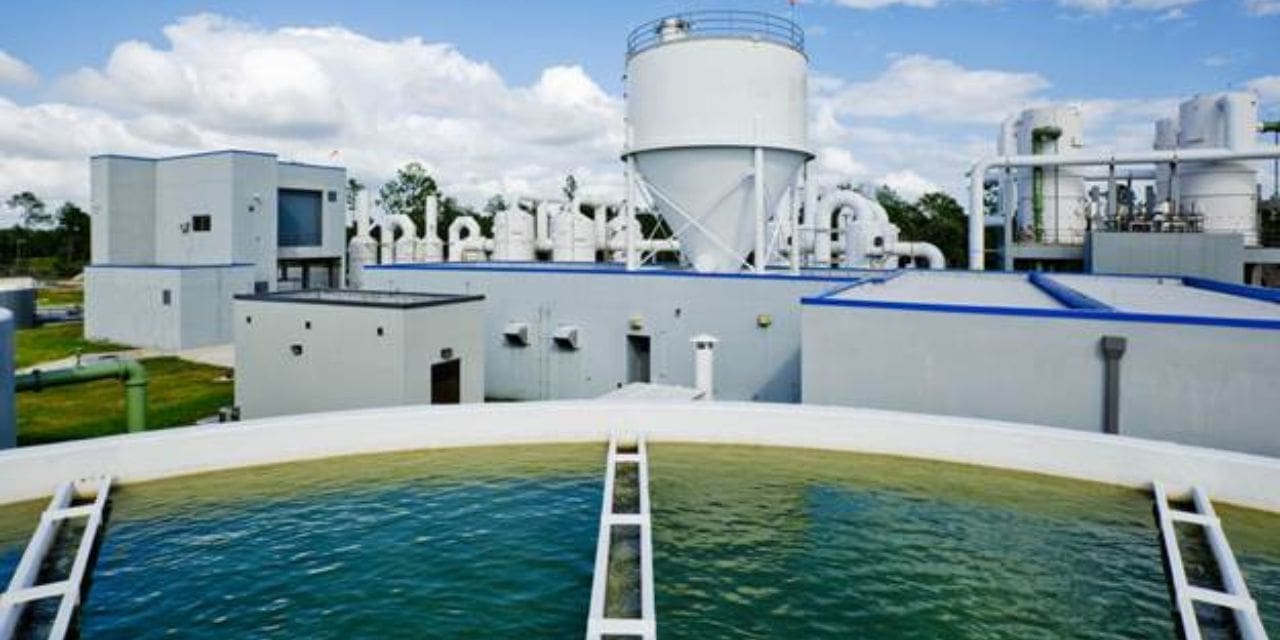The global water treatment chemicals and technology market is experiencing significant growth and is poised for continued expansion over the coming decade. Valued at US$ 169.3 billion in 2020, the market is projected to expand at a compound annual growth rate (CAGR) of 4.2% from 2021 to 2031. By the end of 2031, the global market is expected to reach an impressive value of US$ 233.5 billion.
This growth can be attributed to several factors, including the increasing demand for clean and safe water across various sectors such as municipal, industrial, and agricultural. Rising awareness about waterborne diseases and stringent government regulations regarding wastewater treatment further drive the adoption of advanced water treatment chemicals and technologies.
Water Treatment Chemicals and Technology: Ensuring Clean and Safe Water
In an era where clean water is a precious commodity, the significance of water treatment cannot be overstated. Alongside advanced chemicals and technology, Water softener installation has become a key solution for addressing water quality issues in both residential and industrial settings. Water softeners effectively reduce hardness by removing excess minerals like calcium and magnesium, enhancing the efficiency of water treatment processes. This article delves into the essential chemicals and technological advancements in the field of water treatment, highlighting their importance and impact.
The Importance of Water Treatment
Water treatment is crucial for several reasons. Primarily, it ensures the provision of safe drinking water, which is essential for human health. Contaminated water can lead to a host of diseases, some of which can be life-threatening. Furthermore, treated water is vital for industrial processes where impurities can cause significant damage to equipment and affect product quality. Environmental protection is another critical aspect, as treated wastewater reduces pollution, preserving aquatic ecosystems and preventing waterborne diseases.
Key Water Treatment Chemicals
Water treatment involves various chemicals, each serving a specific purpose in the purification process. Coagulants like aluminum sulfate and ferric chloride neutralize the charges on particles suspended in water, causing them to clump together. Flocculants, such as polyacrylamides, further aggregate these clumps into larger flocs, which can be easily removed by sedimentation or filtration. Disinfectants like chlorine are widely used due to their effectiveness in killing bacteria and viruses. However, chlorine can form harmful by-products, so its use is carefully controlled. Ozone and ultraviolet (UV) light serve as alternative disinfectants that do not leave residual chemicals in the water.
Chemicals like lime and sodium hydroxide are used as pH adjusters to make the water less corrosive and more suitable for consumption and industrial use. Corrosion inhibitors, such as phosphates, are added to water to form a protective layer on pipes, preventing corrosion and reducing the leaching of metals like lead and copper. Scale inhibitors, including polyphosphates and chelating agents, prevent the formation of scale deposits, which can clog pipes and reduce the efficiency of heating systems.
Advanced Water Treatment Technologies
While chemicals play a significant role, technology has revolutionized water treatment, making it more efficient and sustainable. Membrane filtration technologies such as Reverse Osmosis (RO) use semi-permeable membranes to remove ions, molecules, and larger particles from water, proving highly effective in desalinating seawater and treating industrial wastewater. Ultrafiltration (UF) and Microfiltration (MF) membranes filter out suspended solids, bacteria, and some viruses, offering a high level of purification.
Advanced Oxidation Processes (AOPs) generate highly reactive hydroxyl radicals that degrade a wide range of organic contaminants, using methods like the combination of ozone and hydrogen peroxide or UV light and titanium dioxide. Electrocoagulation, which uses electrical currents to induce the coagulation of contaminants, is effective in removing heavy metals, suspended solids, and some organic compounds.
Biological treatment technologies, including bioreactors and constructed wetlands, utilize microorganisms to degrade organic pollutants in an eco-friendly manner, suitable for both municipal and industrial wastewaters. The integration of sensors, data analytics, and automation has led to the development of smart water systems. These systems can monitor water quality in real-time, optimize treatment processes, and predict potential issues, enhancing the overall efficiency and reliability of water treatment facilities.
Challenges and Future Directions
Despite significant advancements, the water treatment sector faces challenges such as the emergence of new contaminants, climate change impacts, and the need for sustainable practices. Research and innovation continue to address these issues, focusing on developing greener chemicals, energy-efficient technologies, and methods to handle micro plastics and pharmaceuticals in water.
These insights are based on a report on Water Treatment Chemicals And Technology Market by Transparency Market Research

